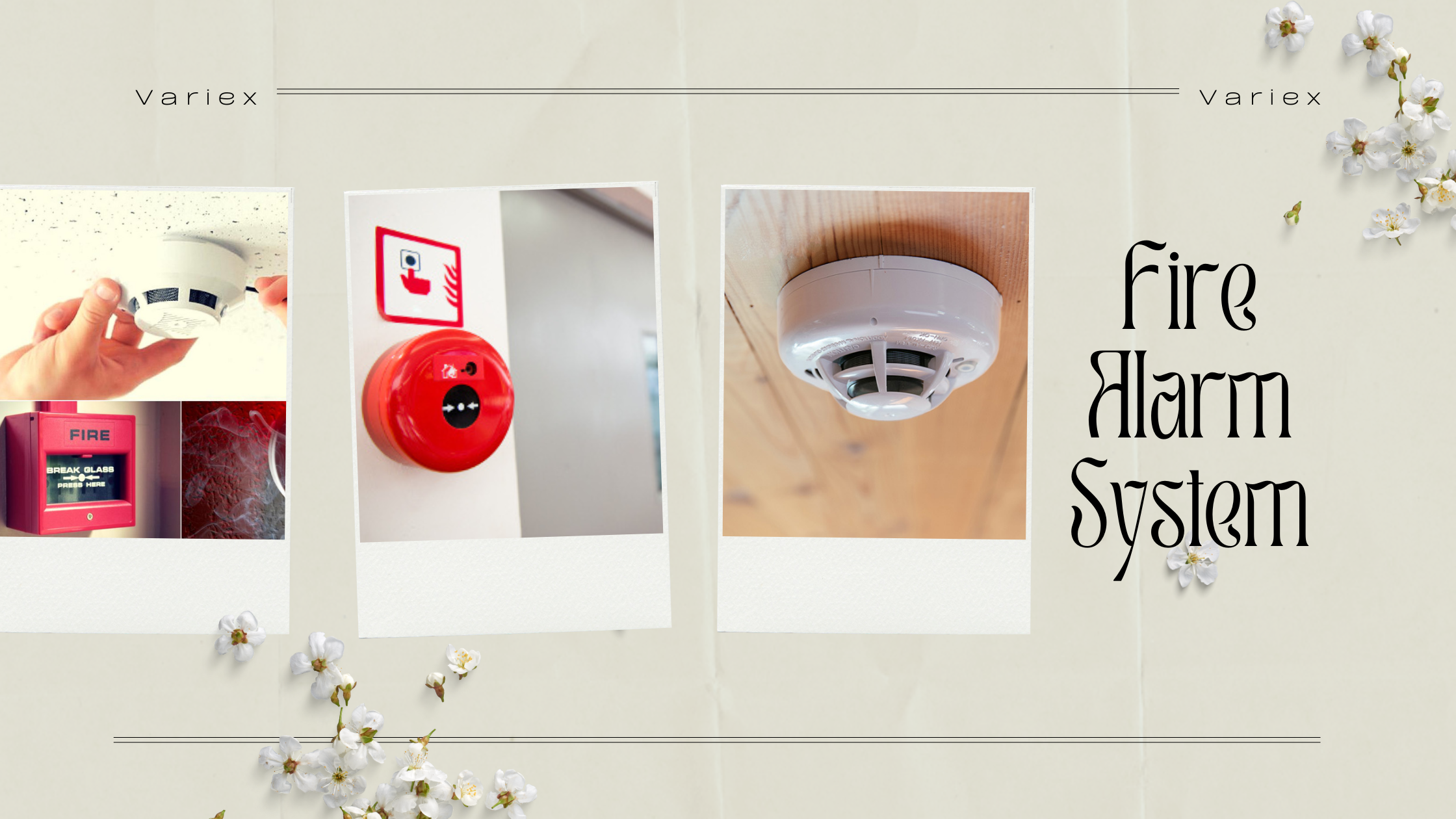![]()
Fire Immuniser
+91-7829629111
Email: info@variex.in
Varistor Technologies Pvt. Ltd.
Block-1, First Floor, Ardente Office One, Hoodi Circle, ITPL Main Road, Bengaluru, Karnataka 560048, IN
How A Fire Alarm Circuit Works
How A Fire Alarm Circuit Works
Fire alarms are critical systems that are installed in every residential and commercial entity to prevent fire-related disasters. They are designed to identify fire incidents as early as possible, alert occupants, and, in some cases, automatically initiate certain fire control measures. The main component of this life-saving machine is the fire alarm circuit, which operates the alarm's actions and reactions. Supplemental alarm devices might be attached to it, depending on the sophistication of the system. This article will delve into the details of how a fire alarm circuit works, thus enabling a deeper understanding of this quintessential piece of technology.
The Basics of a Fire Alarm Circuit
At its simplest, a fire alarm circuit is designed to detect smoke, heat, or fire and respond in ways that draw attention to a potential emergency. The primary elements involved within the circuit are the power source, the sensor, and the alarm signal. The power source provides the necessary energy to operate the fire detector and the alarm. The sensor detects the particular signals of smoke or heat associated with a fire. The alarm signal, usually a loud buzzer or flashing light, is activated when the sensor determines the presence of a fire. These components connect via a line of electrical wiring or radio waves to form a complete circuit.
Types of Fire Alarm Circuits
Before diving deeper into how a fire alarm circuit operates, it’s crucial to understand that there are two main types of fire alarm systems: conventional and addressable. These two types of alarms differ primarily in how they identify and notify about a fire incident.
A conventional fire alarm circuit consists of several detection zones hardwired to the central fire alarm panel. When the system detects smoke or fire in a zone, the panel is alerted, and the alarm is triggered. However, these systems can't specify exactly where the fire is within that zone. As a result, they’re usually used in smaller buildings where the areas are not densely packed.
On the other hand, addressable fire alarm circuits allow each device on the circuit (like smoke detectors and pull stations) to have a distinct address. In case of a fire, the alarm panel pinpoints the exact location in the building where the fire is occurring and can initiate more directed control procedures. Because they’re more sophisticated and expensive than conventional fire alarms, addressable fire alarms are usually in larger corporate buildings.
Operational Workflow of a Fire Alarm Circuit
The operation of a fire alarm circuit is a systematic and coordinated process which triggers multiple responses simultaneously. Once the smoke or heat sensor detects a significant increase in smoke or temperature, it will signal the control panel. The control panel then activates various actuators such as bells, horns, voice evacuation systems, or emergency control functions (like shutting down HVAC systems or elevators). In an addressable system, the control panel can also direct the responses more specifically to the area where the fire was detected.
Advanced Features of Modern Fire Alarm Circuits
Modern fire alarm circuits have been equipped with advanced technologies to increase their accuracy and versatility. These technological advancements include features such as rate-of-rise heat detectors, programmable control panels, built-in battery back-up and microprocessor-based systems. Rate-of-rise heat detectors help distinguish between a typical heat increase and a sudden spurt, which signifies a fire. Programmable control panels allow for specific procedures to be pre-programmed into the system and executed when a fire incident occurs. Battery backup ensures the system continues operating during power outages, and microprocessor-based systems enhance the control panel's decision-making capabilities, making it more reliable during emergencies.
Importance of Regular Testing and Maintenance
A properly functioning fire alarm circuit can undoubtedly make the difference between life and death during a fire outbreak. Therefore, it's essential to regularly test and maintain your fire alarm system. This ensures your system is operational and could pinpoint any necessary repairs or upgrades needed to continue providing reliable service. Regular testing and maintenance could entail checking battery backups, ensuring there is no dust or debris in the sensors, testing the control panel's operation, and ensuring all devices on the circuit are operational.
Conclusion
A deeper understanding of fire alarm circuits not only supports a greater appreciation for this vital piece of technology, but it also promotes safety consciousness. Understanding the operational workflow gives insight into the urgency of heeding fire alarms and understanding the need for regular testing and maintenance. Moreover, comprehending the different types of fire alarm systems enables owners to make informed choices when considering which alarm circuit is the best fit for their property. Overall, learning about fire alarm circuitry is an invaluable step towards bolstering the safety of premises and protecting lives.
Final Say
At VariEx.in and VariexOnline.com, we specialize in supplying and installing top-quality fire fighting systems and equipment. From fire extinguishers to advanced suppression systems, we offer comprehensive solutions tailored to your needs. Our experienced team ensures precise installation and maintenance for optimal safety.
Trust VariEx for reliable fire protection. Contact us online or call 7829629111 to learn more.
"WHAT YOU CAN READ NEXT"
 Read more +24 November 2023 in Fire Extinguisher
Read more +24 November 2023 in Fire ExtinguisherWhat types of fire extinguishers are available for different fire classes?
 Read more +11 April 2025 in Fire Suppression
Read more +11 April 2025 in Fire Suppression








